WHAT MATERIALS DO FRANKLIN SENSORS’ STUD FINDERS DETECT THROUGH?
When you’re about to begin a project, it’s important to know if your stud finder will be able to accurately scan through your wall type. At Franklin Sensors, our stud finders are engineered to outperform conventional models by using 3 to 13 sensors instead of the typical 1-2. This multi-sensor technology allows our stud finders to deliver more accurate results and work reliably across a wider variety of wall materials.
If you need to check if our stud finders will work for your project, here’s a breakdown by material:
DO YOUR STUD FINDERS WORK THROUGH DRYWALL?
Drywall is one of the most common wall materials and the easiest to scan through. All Franklin Sensors stud finders typically work very well on single-layer drywall. Thanks to our multi-sensor technology, users can expect instant and accurate results with no calibration required.*
However, if your drywall is heavily textured, we’d recommend choosing one of our 13-sensor models such as the M210, X2100, T13, 710+, or 710.
*Except for the M10, which does require calibration.
CAN YOUR STUD FINDERS FIND CEILING JOISTS?
Ceilings can be more challenging, especially those with textured or popcorn finishes. However, the following models are rated for ceiling use based on feedback from 50 customers who used them on their ceilings:
- Best Performance (93% success rate): M210, X2100, T13, 710+, 710
- Good Performance (87% success rate): T11, X1100
- Moderate Performance (81% success rate): M155, M150, X995, X990
- Basic Performance (62% success rate): M90
Do Your Stud Finders Work Through Plaster and Lath?
Lath and plaster walls are notoriously tricky due to their inconsistent density and embedded wood lath strips. However, based on user feedback, several of our stud finders are up to the task:
- Best Performance (89% success rate): MAX model
- Good Performance (80% success rate): M210, X2100, T13, 710+, 710
- Moderate Performance (72% success rate): T11/X1100
While accuracy may vary based on specific plaster thickness and uniformity, our higher-end multi-sensor models provide your best chance for stud detection through plaster.
Do Your Stud Finders Work Through Tile?
Tile surfaces can interfere with stud detection, especially when using smaller tiles with more grout lines. The increased number of grout seams can lead to false positives. However, our stud finders perform better on larger-format tiles (in width and height), as there are fewer grout lines.
- Best Performance (95% success rate): MAX model on large, uniform tiles
Some users have reported success scanning through tile with our M210, X2100, T13, 710+, and 710, however, they are much less reliable through tile than the MAX.
Do Your Stud Finders Work Through OSB, Plywood, and Paneling?
These denser wood-based materials present a challenge for conventional stud finders, especially when layered. Here’s how our multi-sensor models perform:
- Best Performance over a single or double layer of OSB, Plywood (93% success rate): MAX model
- Moderate Performance (68% success rate): M210, X2100, T13, 710+, 710
DO YOUR STUD FINDERS WORK ON STUCCO AND EXTERIOR SIDING?
Unfortunately, no electronic stud finders, including ours, are effective on stucco or exterior siding. Stucco typically contains a wire mesh layer that confuses electronic detection. Siding, on the other hand, tends to be too thick or dense, resulting in unreliable readings.
However, you may find success detecting the studs through the opposite side of the wall. For example, if the outside of your home is covered in stucco, scan for studs on the inside wall.
DO YOUR STUD FINDERS WORK ON BRICK OR CONCRETE?
Our stud finders do not work through brick or concrete. These materials are simply too dense for any electronic stud finder to penetrate effectively.
TL;DR
Franklin Sensors stud finders are built to handle more wall types and materials than conventional models, thanks to our patented multi-sensor technology. Our wide range of models, from the compact M90 to the powerful MAX, provides effective solutions for nearly any indoor project. For the most challenging surfaces, we recommend our 13-sensor models (M210, X2100, T13, 710+, 710) or the MAX for best results.
Need help choosing the right model for your specific needs? Visit our comparison guide or contact our team—we’re here to help!


